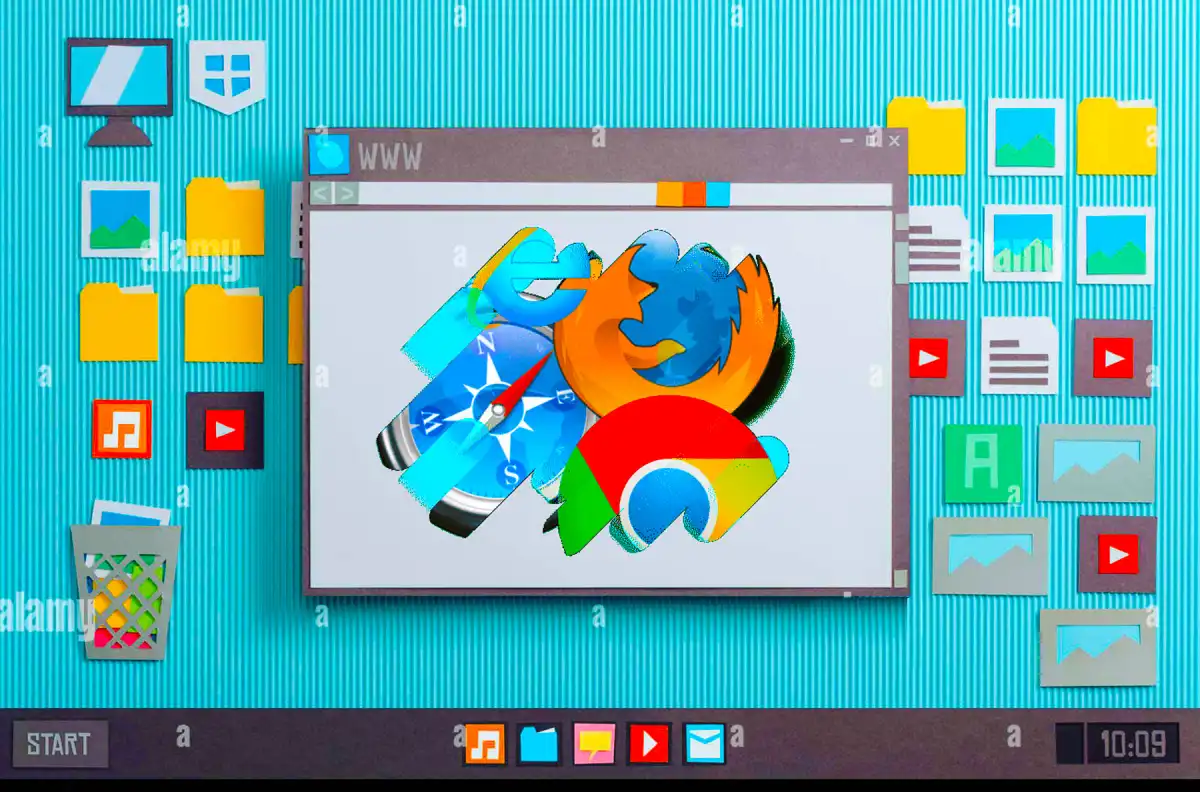With SSD prices continuously falling and drives with more capacity and faster data transfer speeds getting cheaper, there's never been a better time to upgrade if you haven't already.
7 Reasons You Should Store Your Games On An SSD
Let’s delve into the advantages of SSDs in more detail:
Faster Loading Times: SSDs (Solid State Drives) offer significantly faster data transfer speeds compared to traditional HDDs (Hard Disk Drives). This speed boost translates into quicker loading times for games and applications. While the exact performance gains vary based on specific SSD models, the overall user experience is notably improved.
Read and Write Speeds: SSDs are approximately four times faster than HDDs in terms of both read and write speeds. Whether you’re accessing files, launching games, or loading maps, SSDs provide a smoother experience.
Interface: SSDs use the PCIe (Peripheral Component Interconnect Express) interface, which is faster than the older SATA (Serial Advanced Technology Attachment) port used by HDDs. Even comparing SATA SSDs to SATA HDDs, SSDs still come out ahead.
Gaming Benefit: In AAA games or open-world titles that require large file access, SSDs shine. If you’ve been using an older HDD, switching to an SSD can save you significant time waiting for loading screens.
Multiplayer Games: Faster loading times also benefit multiplayer games. For instance, in games like Valorant, maps don’t launch until all players finish loading. Reduced load times contribute to a smoother gaming experience.
Better In-Game Performance: Beyond loading times, SSDs enhance overall in-game performance. When playing modern AAA titles, thousands of read-and-write operations occur as assets load. Faster data transfer speeds minimize hitches caused by asset loading.
CPU/GPU Role: While an SSD won’t directly boost FPS (frames per second), it improves latency and reduces lag during gameplay. Remember that your CPU and GPU still play crucial roles in overall performance.
Improved Graphics: Although SSDs won’t magically make 720p games ultra-realistic, they do impact visual fidelity:
Texture Loading: Modern games use different texture resolutions based on proximity. When using an SSD, swapping between low-res and high-res textures happens faster. This results in smoother transitions and fewer visual glitches.
Overall Aesthetics: While FPS remains relatively constant, the game’s overall appearance benefits. Ragged edges, misaligned textures, and other visual imperfections are minimized.
Better Reliability Than HDDs:
No Moving Parts: SSDs lack mechanical components, making them more shock-resistant and durable. HDDs, with their spinning disks and delicate moving parts, are more prone to wear and damage.
Silent Operation: SSDs operate silently due to their lack of moving parts, contributing to their overall reliability.














0 Comments